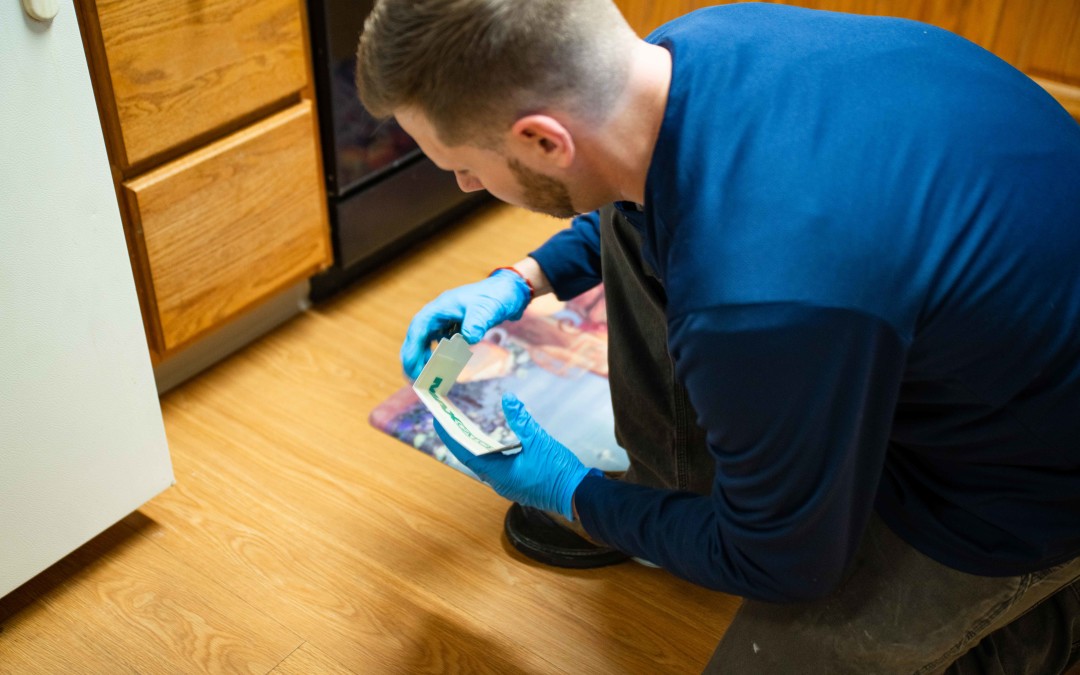Nearly one million arthropod species have been documented around the world, but only a small minority of these arthropods are considered “pests”. For example, most people would insist that cockroaches and termites are pests, but more than 4,500 cockroach species and more than 3,000 termite species have been documented worldwide, and the vast majority of these species have not earned pest status. Surprisingly, only 30 roach species are categorized as pests, and only 100 termite species are considered pests. In the United States, less than 12 roach species have been documented as pests, and between 15 and 20 termite species are pests to structures in the US. The vast majority of both cockroaches and termites dwell within tropical rainforest areas where their activities are considered ecologically essential. Therefore, the world’s most hated arthropods are largely beneficial to the ecosystem.
In order for an arthropod to be considered a “pest” a species must be either a medical threat, a nuisance or economically burdensome. Many arthropod pests meet two of these requirements, and some, like red-imported fire ants, meet all three. In addition to these criteria, some arthropods are not tolerated within homes solely because their appearance and presence causes emotional feelings of disgust and fear. These species are known as “aesthetic pests”. Most spiders fit this category, as their appearance makes them feared, but they almost never cause a nuisance, they are not economically significant, and most species are medically harmless. Medically significant arthropod pests that sting, bite or suck blood are accorded the highest pest status, as their dangerous and possibly life threatening presence within or around a home cannot be tolerated. The most common arthropod pests of medical significance are head lice, scabies mites, bed bugs, and highly venomous arachnids, like black widows and bark scorpions. Scabies mites and lice are common all over the world, but more so in developing countries. In all parts of the world, children are the most common victims of these pests. Bed bug infestations are common in both developed and developing countries in all parts of the world, and all age groups are equally at risk of falling victim to an infestation and itchy bites. Disease-carrying ticks and mosquitoes are also established worldwide, but mosquito-borne disease is most problematic in developing tropical countries, and Americans are most vulnerable to bites from diseased ticks, especially in the northeast United States.
Have you ever sustained bed bug bites?

